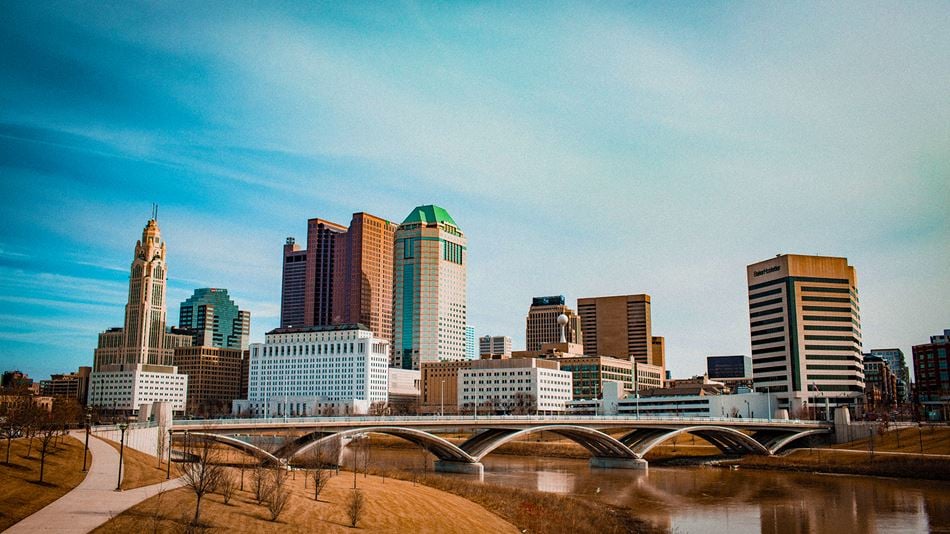 Jackie Wei Green
Americas Head of Communications,Los Angeles
Jackie Wei Green
Americas Head of Communications,Los Angeles
Arup celebrates the release of the Columbus Climate Action Plan (CAP), a comprehensive roadmap for the City of Columbus, Ohio that will reduce greenhouse gas (GHG) emissions 45% by 2030 and eliminate GHG entirely by 2050. The plan promotes equity and environmental justice while pursuing a carbon-neutral city.
The wide-ranging plan puts forward actions necessary to reduce GHG emissions and outlines preventative measures for the impacts of climate change, including increasingly hotter days and stronger, more frequent rainstorms, which Columbus residents are feeling daily with marginalized communities most at risk. The plan also anticipates the management of increased emissions from future city and regional growth.
“To design such an extensive and ambitious plan, we drew upon our work as a partner of the global C40 Cities Climate Leadership Group, which includes co-creating working resources for cities undertaking climate action planning and community engagement,” said Linda Toth, Associate and Sustainability Leader at Arup. “We leveraged Arup’s breadth of climate impact experts, including vehicle and transportation planners, buildings and energy efficiency consultants, resiliency and adaptation specialists, as well as technical experts to address the range of topics and issues the Climate Action Plan strategies cover.”
The CAP lays out 13 strategies with a total of 32 quantifiable actions for city government, private businesses, organizations and residents to significantly reduce the Columbus’s GHG footprint. The plan encompasses mitigation of and adaption to climate change along with near-term actions and more broadly defined long-term strategies to achieve carbon neutrality. Arup led the development of the plan with MKSK of Columbus including the creation of a working group involving leadership from Sustainable Columbus, which links city operations with external stakeholders, and the city’s Columbus Climate Commitments Working Groups, which span numerous city departments. Extensive stakeholder engagement groups and input from residents, environmental advocates and the business community were integral to the CAP development process.
